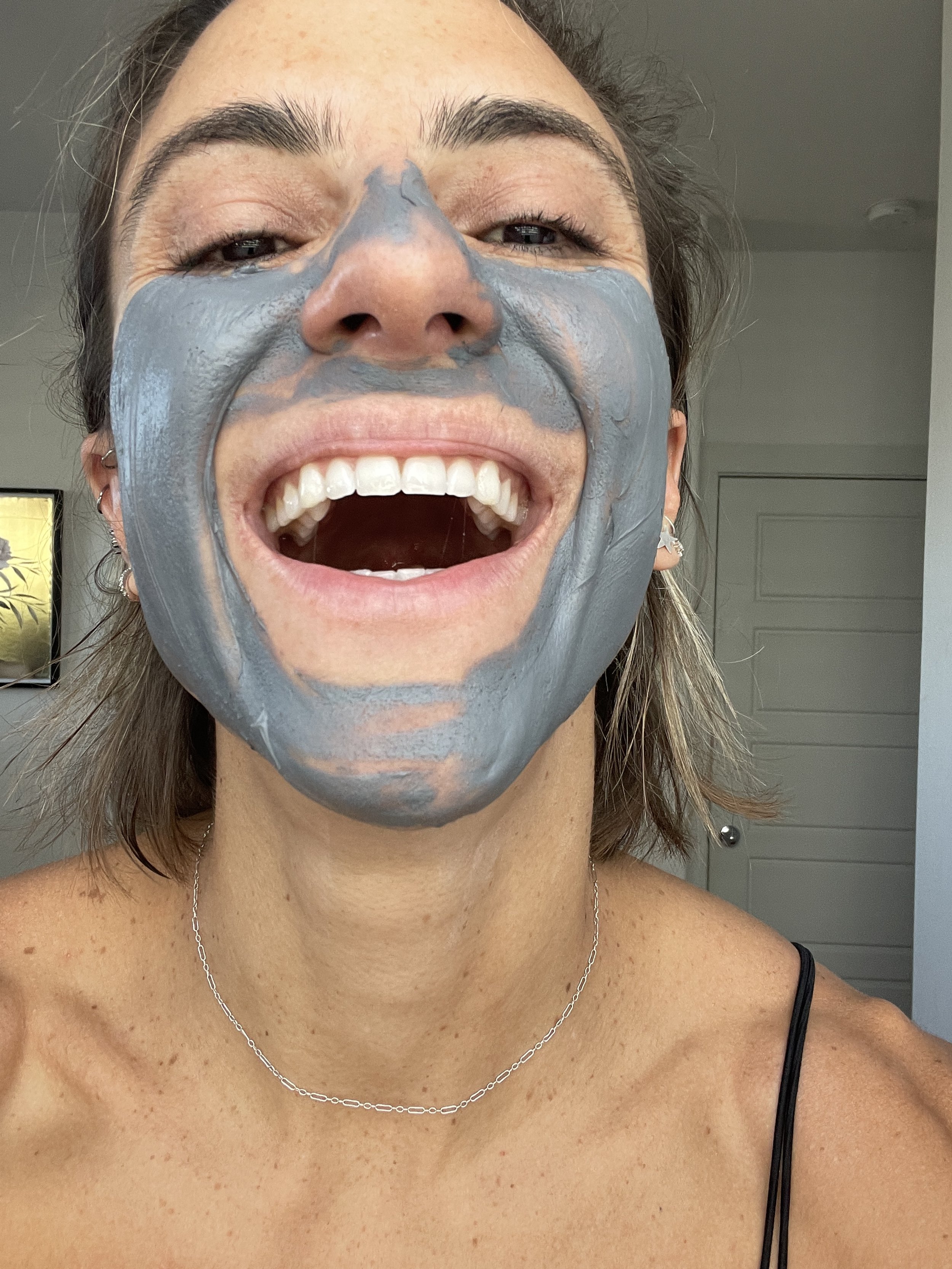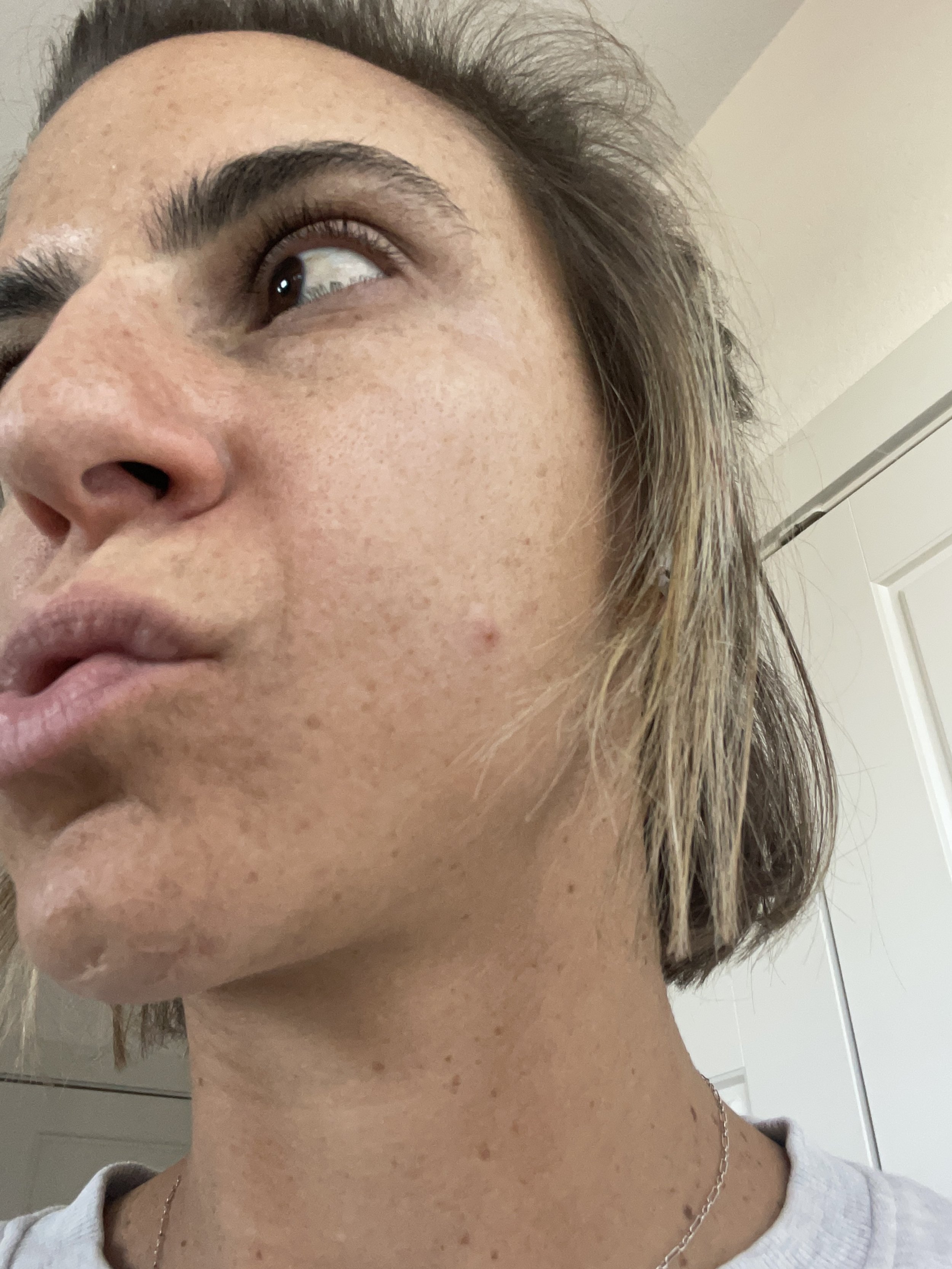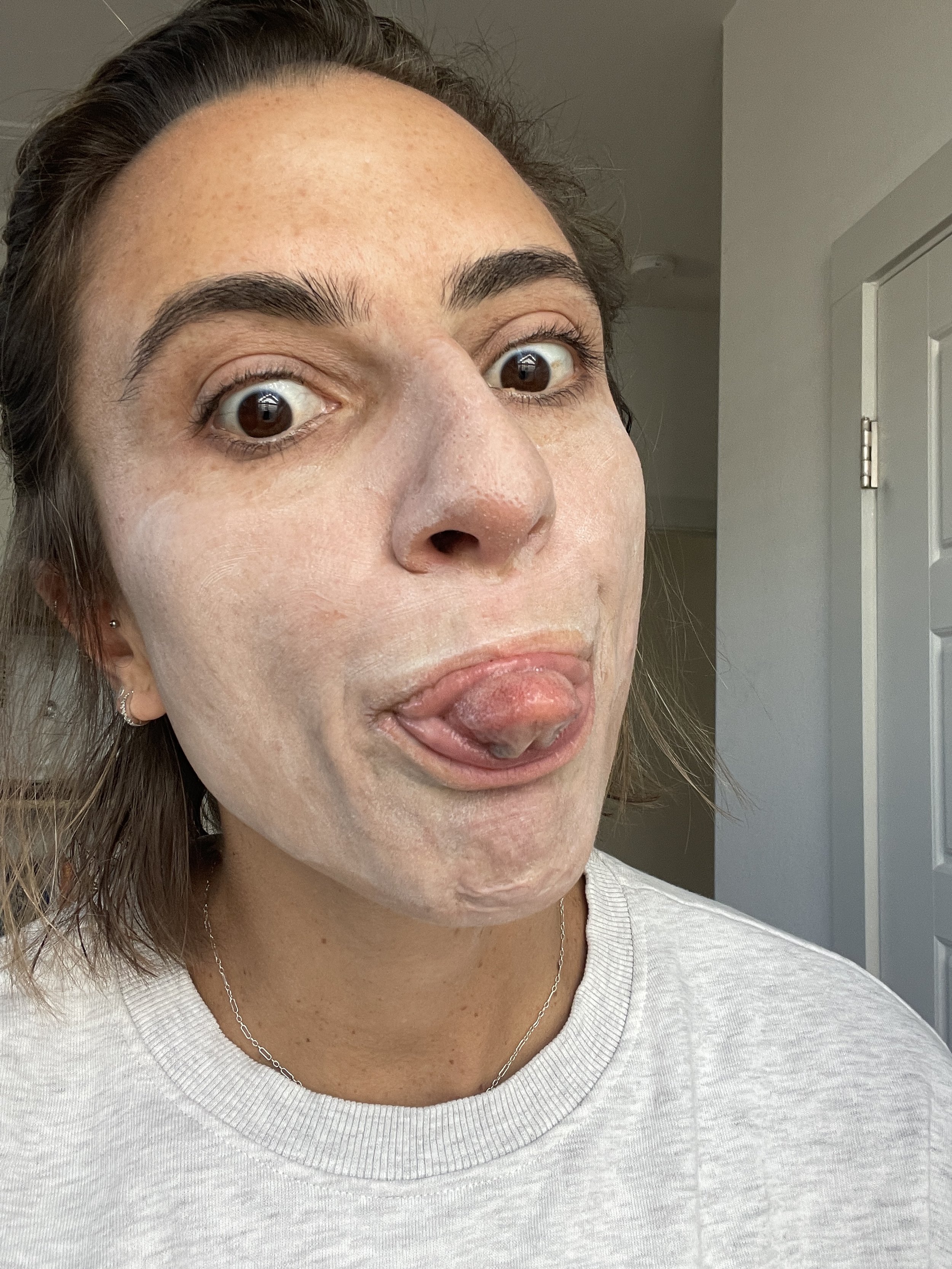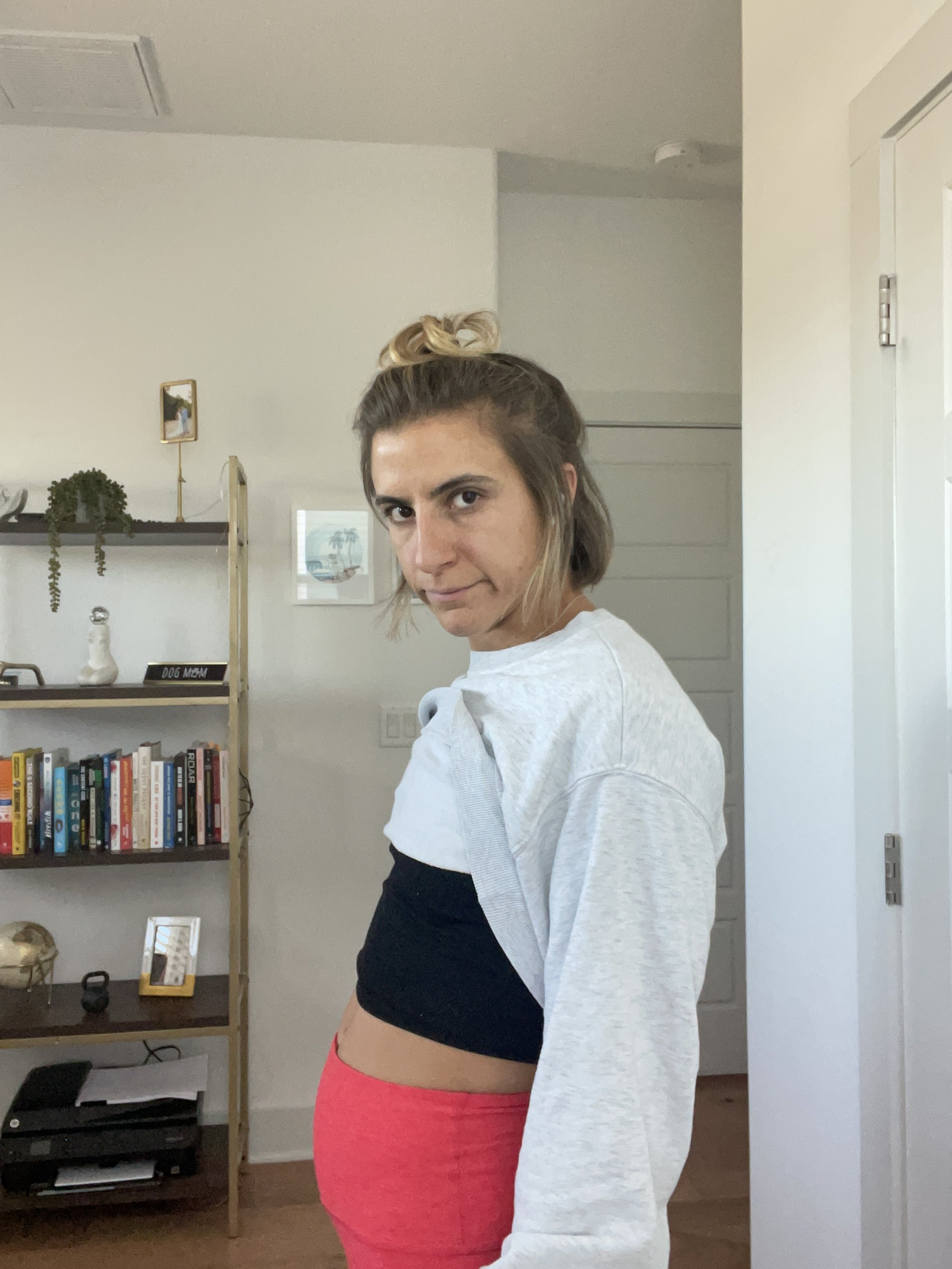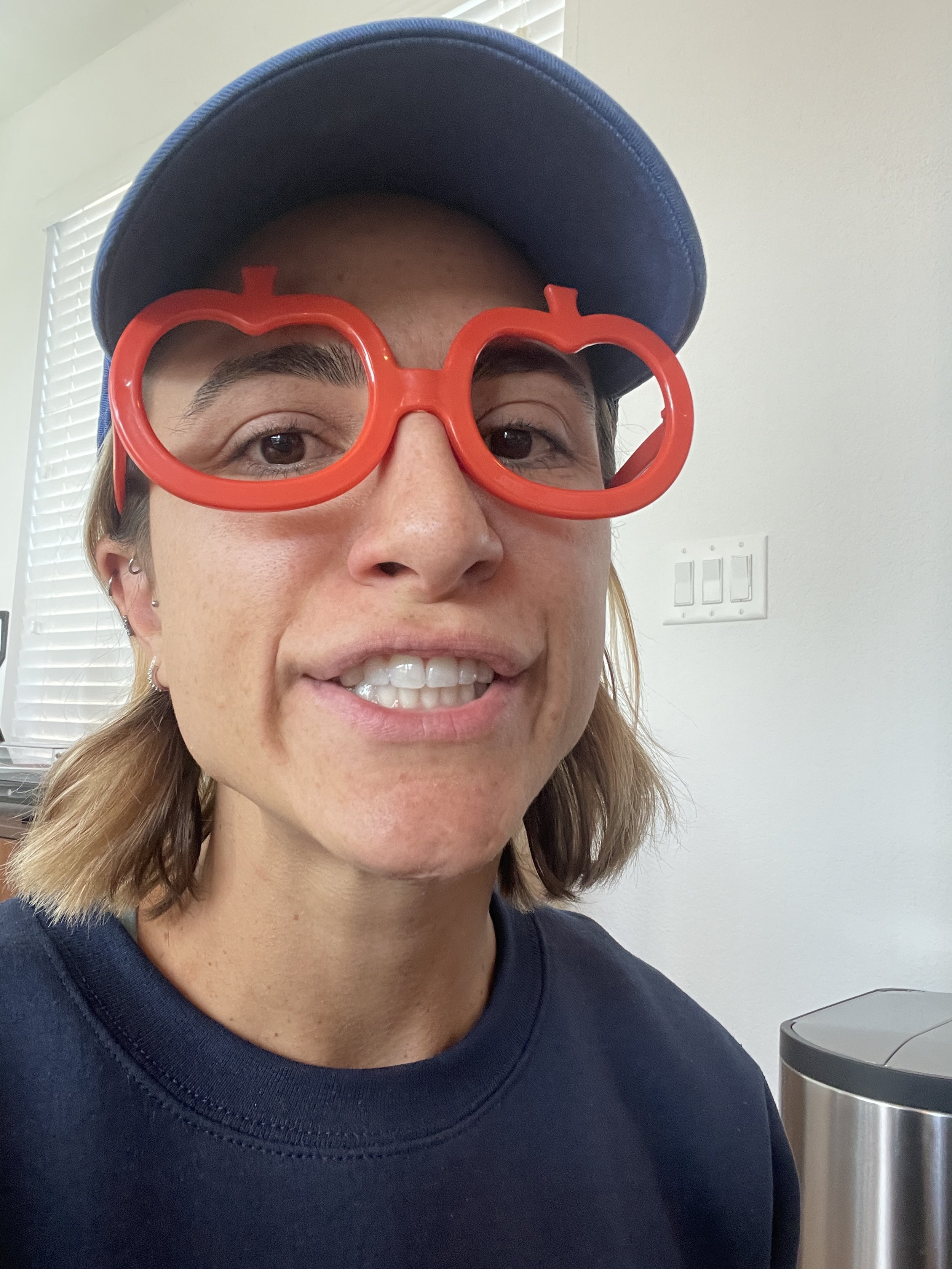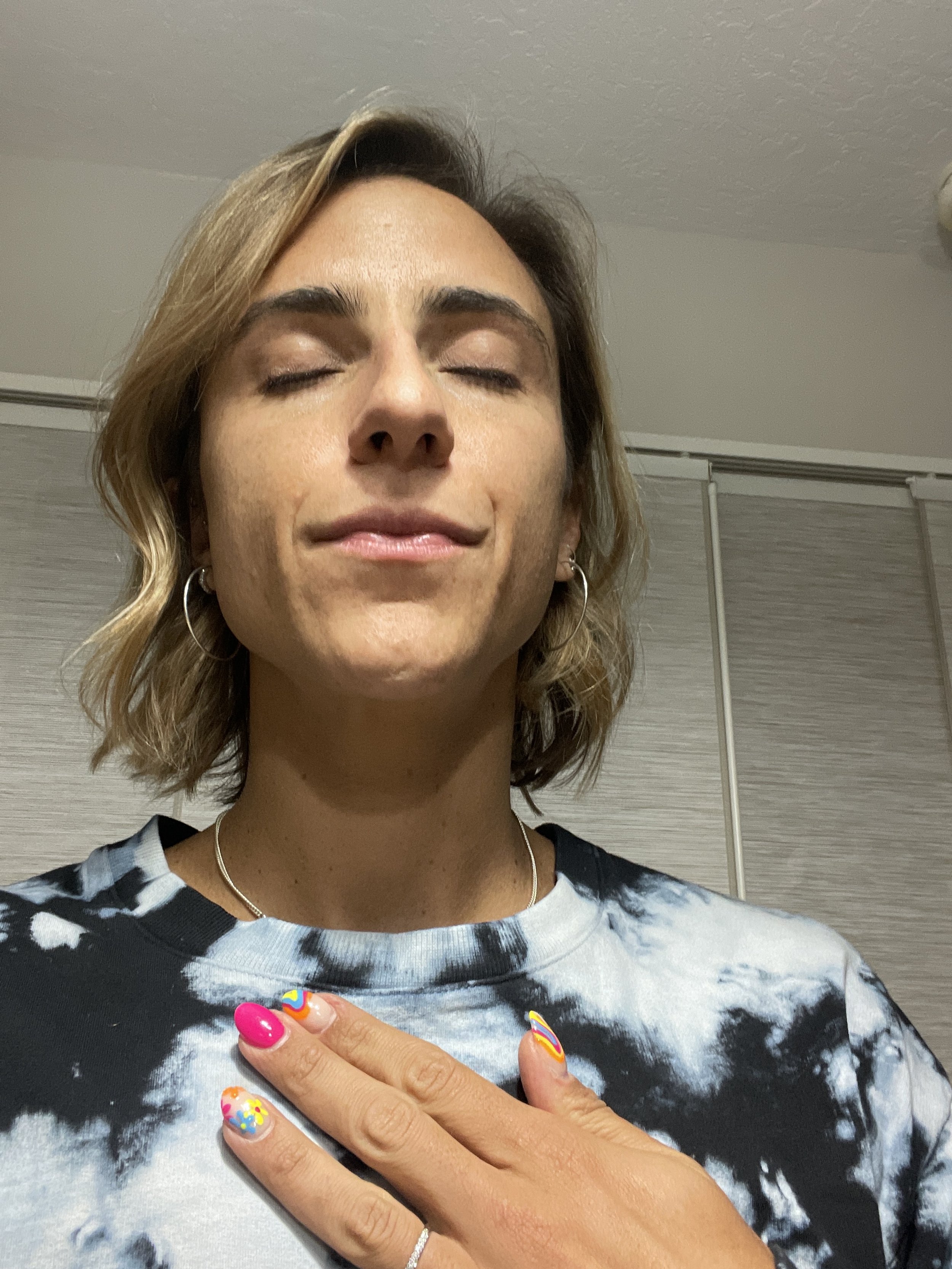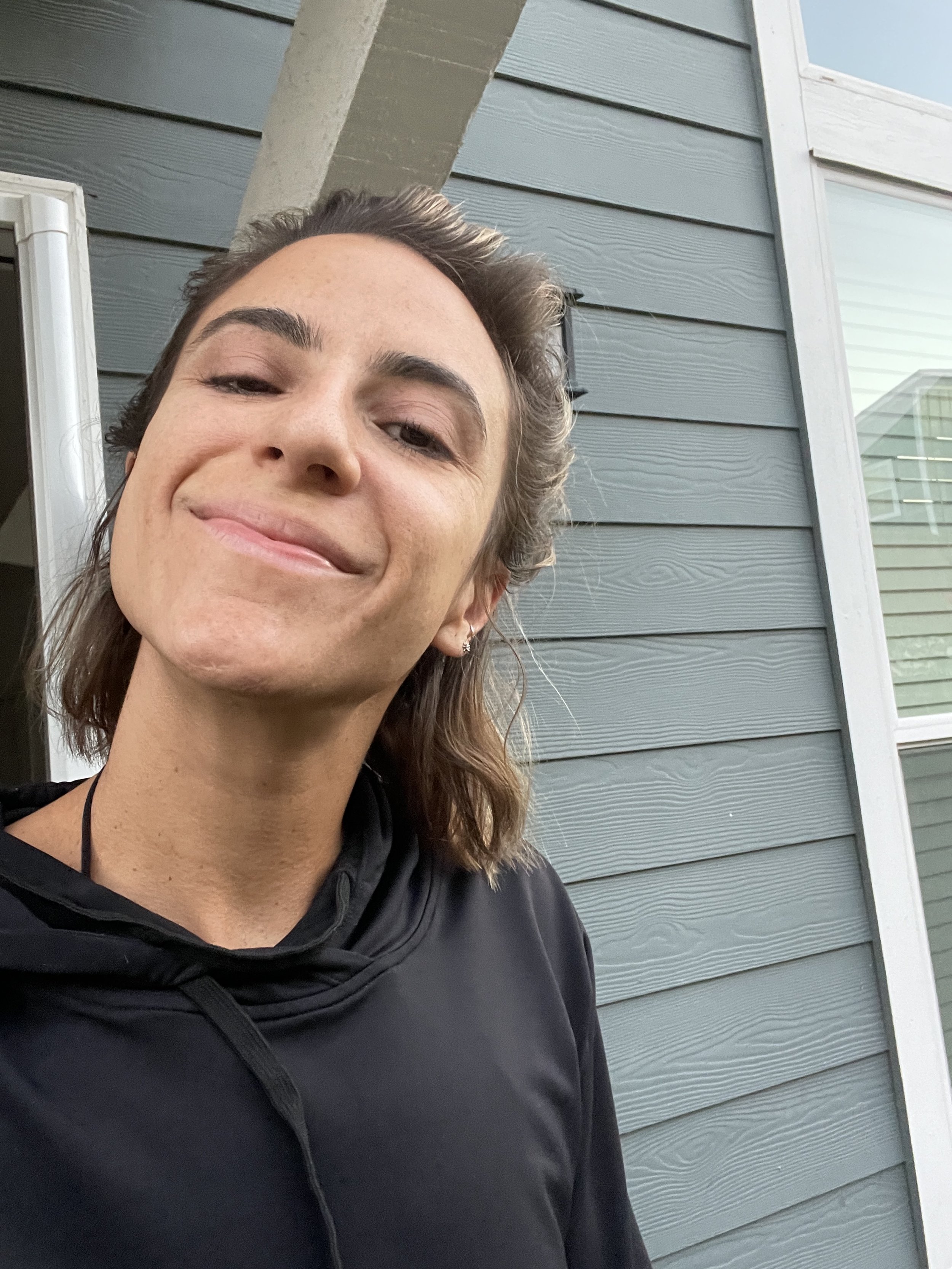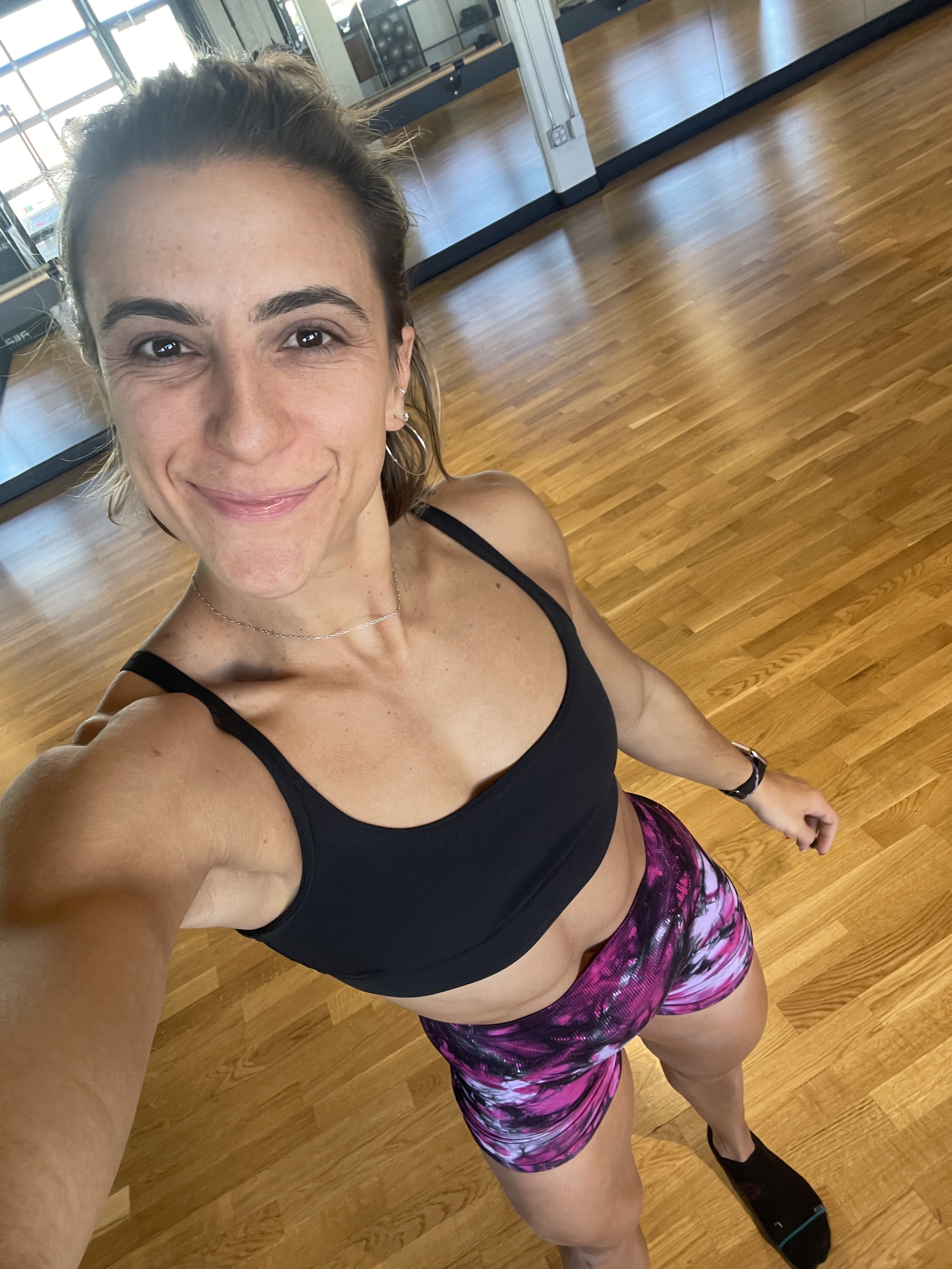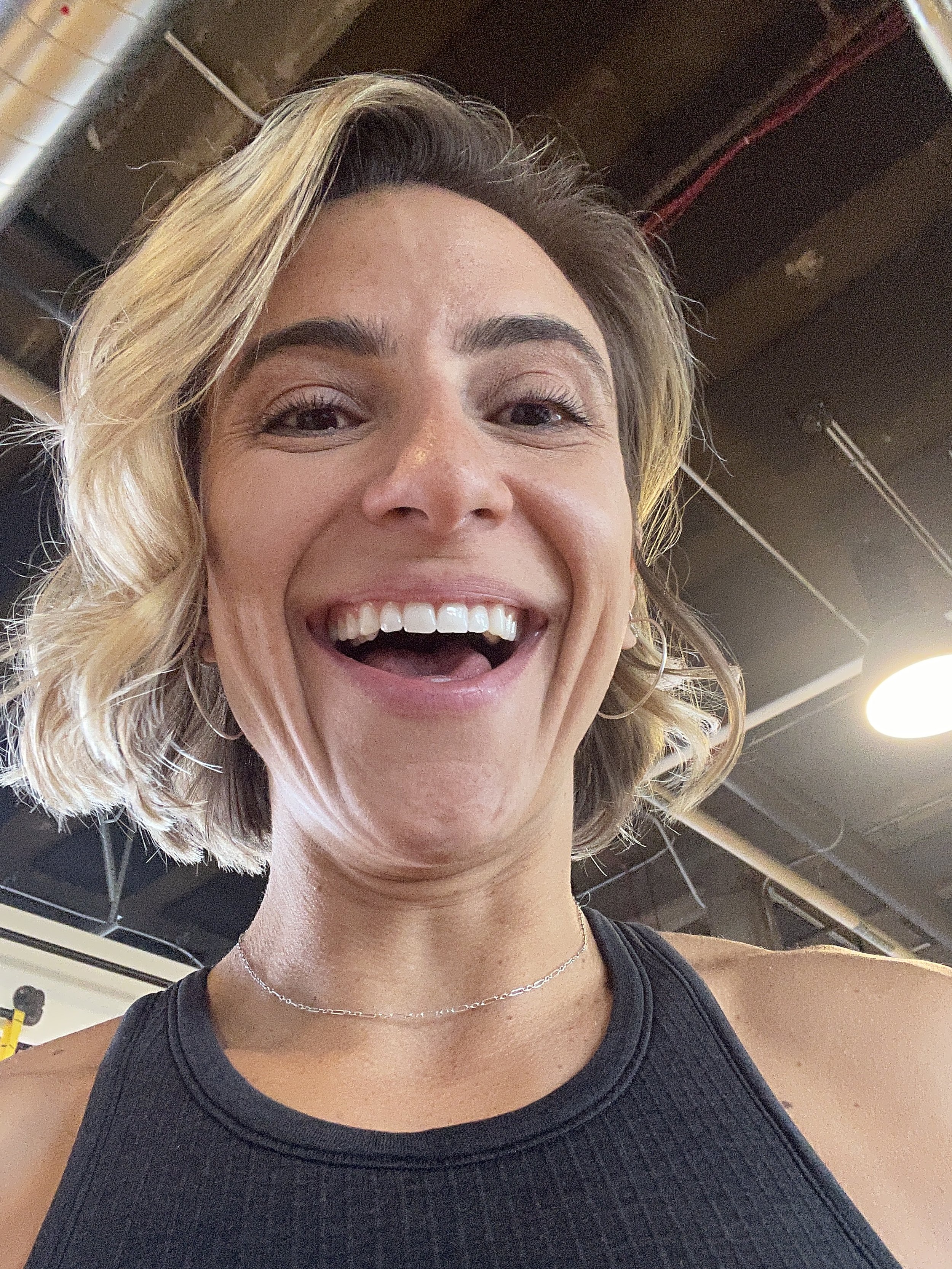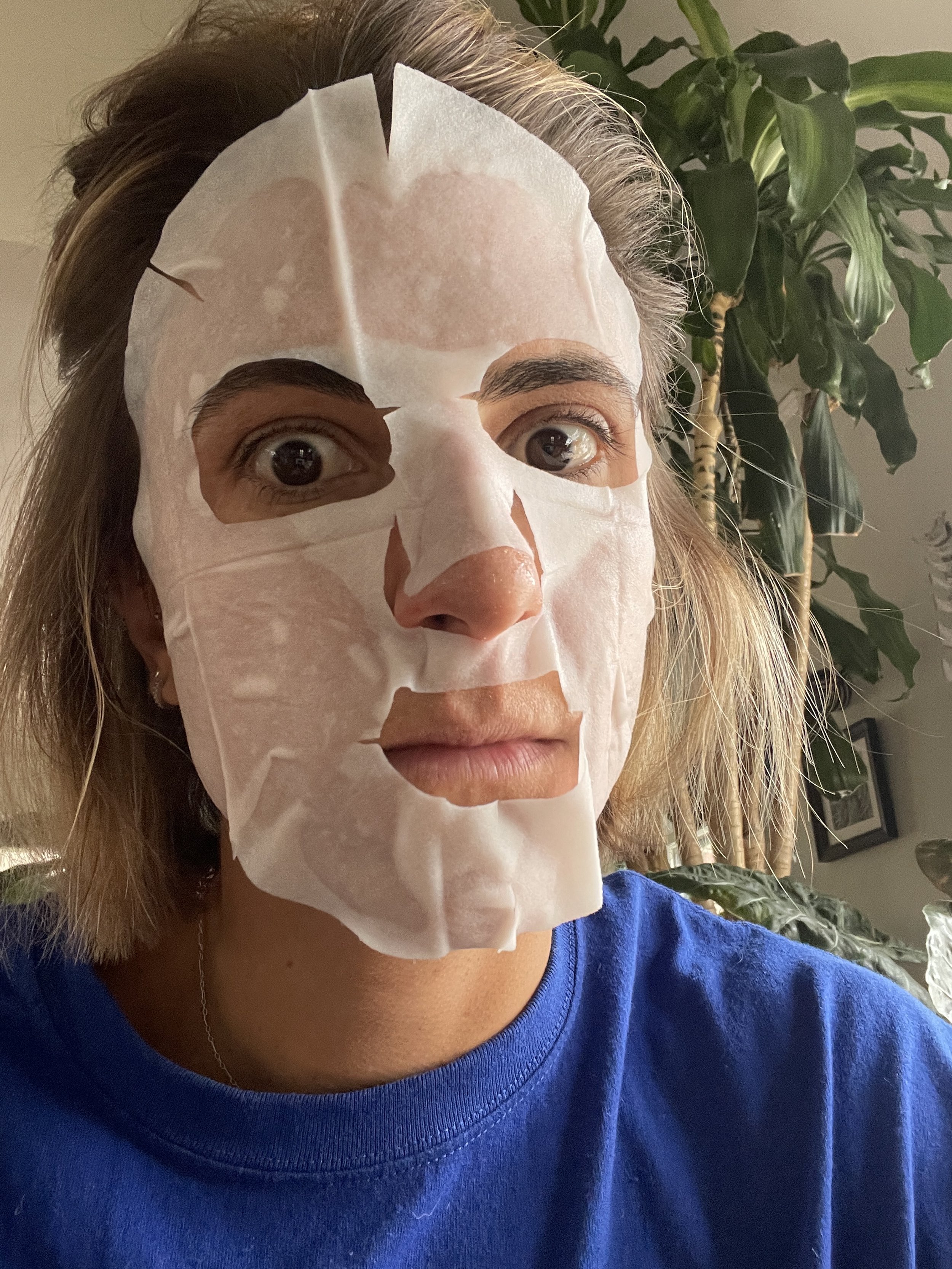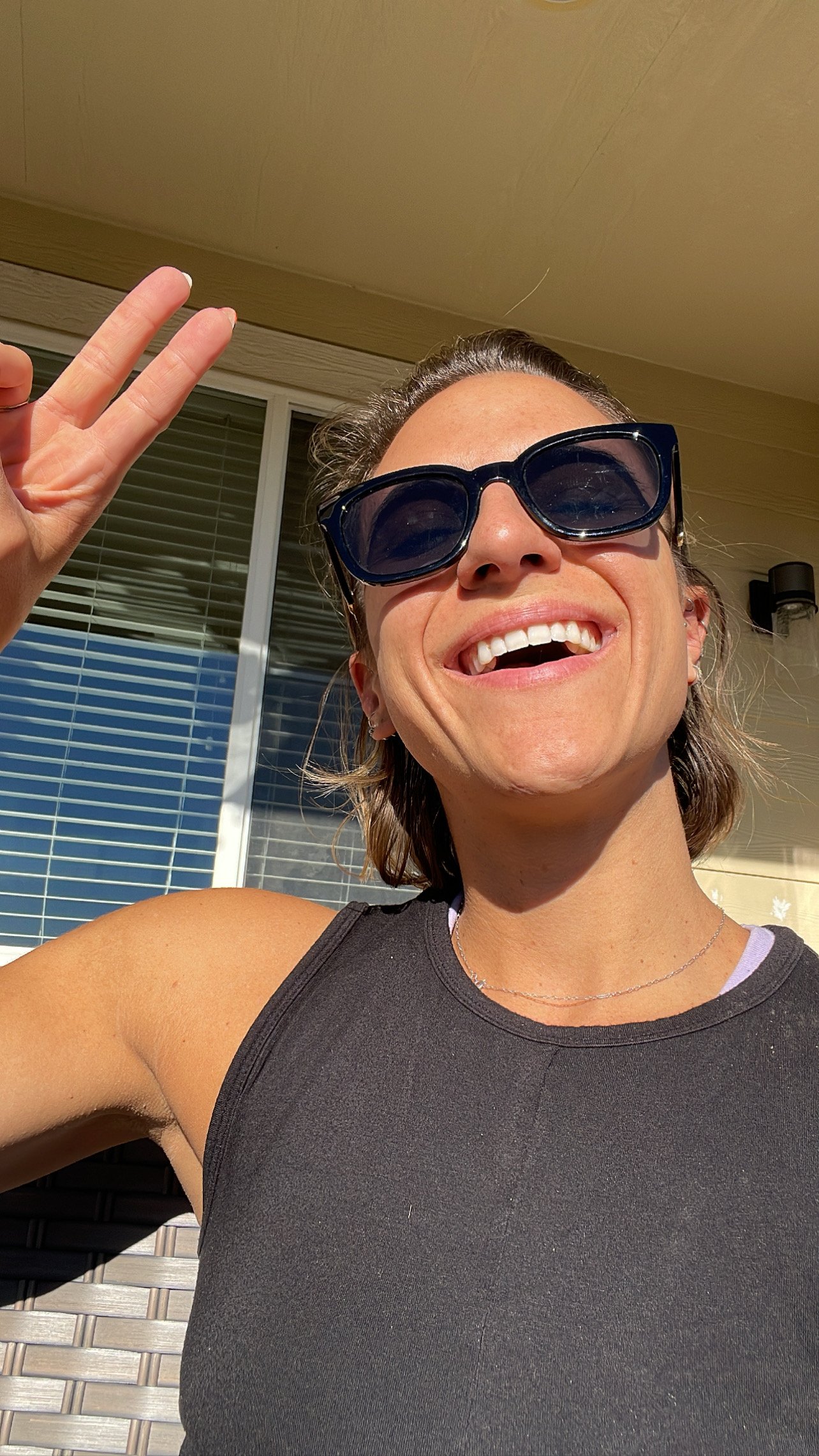F the Filters.
F@!& Filters
Yeah. I said it.
Fuck ‘em.
It’s almost 2023, and I think that we can officially say that we can no longer trust what is shared on the Internet (okay, this isn’t an entirely new revelation, but it is phenomenal the number of filters and applications that are now available).
Don’t get me wrong, manipulating women’s bodies isn’t a new phenomenon.
I decided to do some research on the history of the publication of women (strap in).
Photoshop was invented in the 1990s, and yes, this was the first tool that REALLY allowed people to tweak the female body. But it is not the first time that there is evidence of making adjustments to portraits of women.
In an article from Bustled called 4 Pre-Photoshop Ways To Manipulate The Female Body, Arielle Dachille draws attention to four popular practices:
1930s wrinkle retouching - Expert retoucher James Sharp edited this early photo of Joan Crawford (taken by photographer George Hurrell in the 1930s) by backlighting and vibrating the original negative; he smoothed out her wrinkles and freckles using a pencil, and this process reportedly took him about 6 hours.
Mid-century sewing patterns - These patterns emphasized ridiculously (and impossible) tiny waists; illustrators of these models very likely took liberties to make them thinner and fuller in the areas they believed would be most appealing.
40s & 50s pin-ups - It is clear that these women’s photos were manipulated into the pin-ups of the 40s and 50s; they depicted idealized versions of what an “attractive” woman should look like.
Soft focus - A popular technique to create the “soft” focus (before the Instagram filter existed) was to slather the camera with vaseline; many 80s soaps employed this technique to give women smoother-looking skin.
In this video that I posted on Instagram, I’m going back and forth with an editing app. I changed the look of my face, waist, made my skin smoother, and made myself look taller.
I’m no good at Photoshop and this still took me all of three minutes to make.
Moral of the story?
Please think twice about the content you consume.
Women’s bodies have been victim number one for FAR too long.
I recently read this New York Times piece called The Weight-Loss Industry Is Coming for Our Post-Lockdown Bodies, and did you know that the diet industry is worth $78 billion?!
Yes, you read that right. BILLIONS.
We spent 2020 surviving a worldwide pandemic and processing a lot of social issues, and don’t you worry, the diet industry came knocking to tell us we shouldn’t have gained any weight.
At least we have our filters!
Please read my sarcasm.
The issue with the filters is that they just make us believe so much fake shit. A lot of what we see in our little screens is completely fabricated versions of people.
The world started airbrushing us, and now, well, we’re doing it to ourselves.
I stopped using filters a while ago because I didn’t want to present another version of myself that I seemingly thought looked better than the real version of me that shows up on camera. This doesn’t mean I’m better, and it certainly doesn’t mean that I’m immune to thinking negative thoughts about myself because of how I see others.
When I feel myself going down that rabbit hole, I lean on the Thought Ladder.
What is a Thought Ladder?!
Have you ever tried to think a new thought, and heard your brain say, “I don’t know what to think?”
A Thought Ladder is how we can go from thinking one thought to thinking something new.
You can’t go from one thought to the complete opposite just because you think it. Nothing will happen. You won’t feel any different and your brain will be side-eyeing those new thoughts from the moment you suggest them.
So, how does this work?
At the bottom of the ladder is your current thought.
The top of the ladder is your goal thought.
Your goal thought is a thought you don’t believe yet but would like to believe. If you’re not sure what your goal thought should be, try imagining the opposite of your current thought.
The thoughts leading up to your goal thought (at top) should feel one of these ways:
Slightly positive
Neutral (no feeling)
Still negative, but less intensely negative than your current thought
Here is an example with the goal thought at the top:
I am beautiful (goal)
I am capable
There is only one of me
I am a human
I am ugly (current)
I wrote more about stopping negative self-talk here that may also help.
Listen, you don’t HAVE to stop using filters. What I want you to believe about yourself is that you don’t NEED them.
I promise that you are perfect without any of these filters or fake ass edits.

